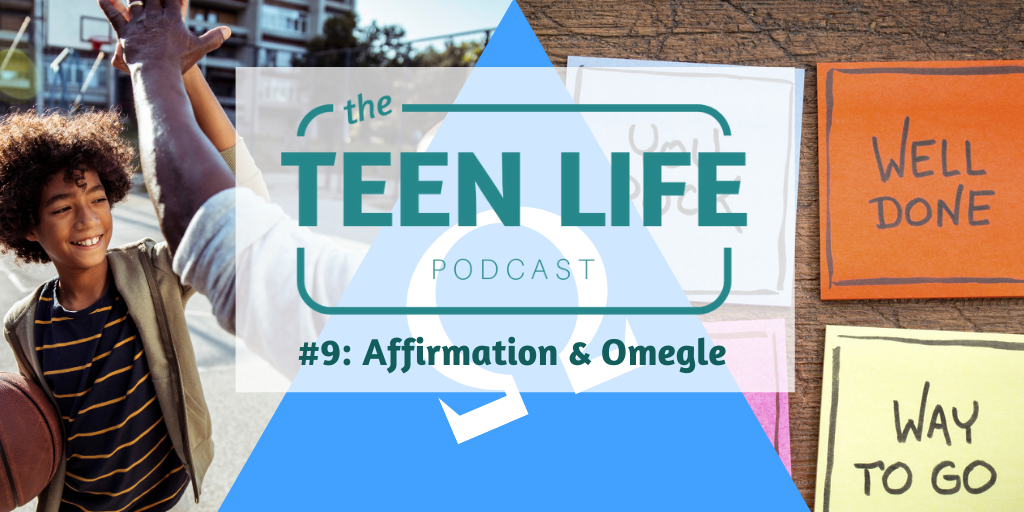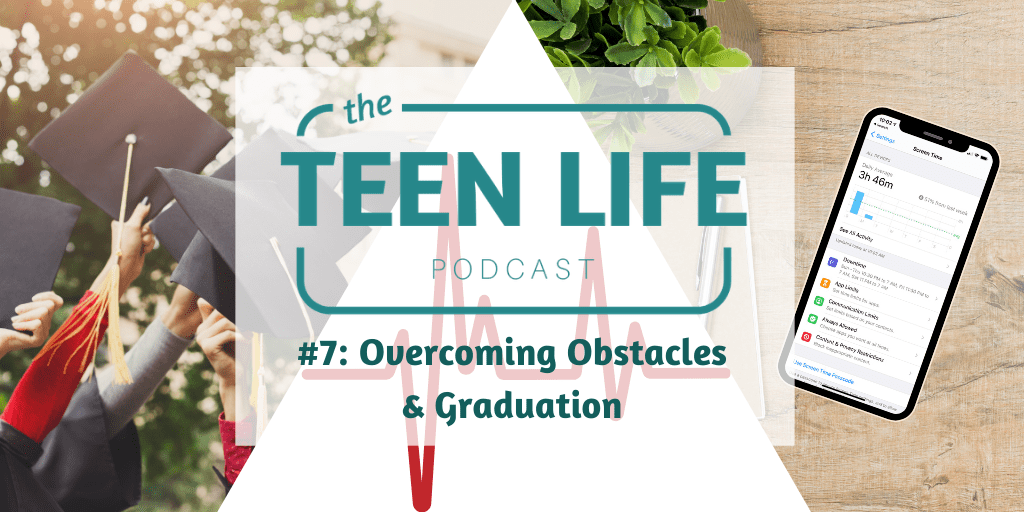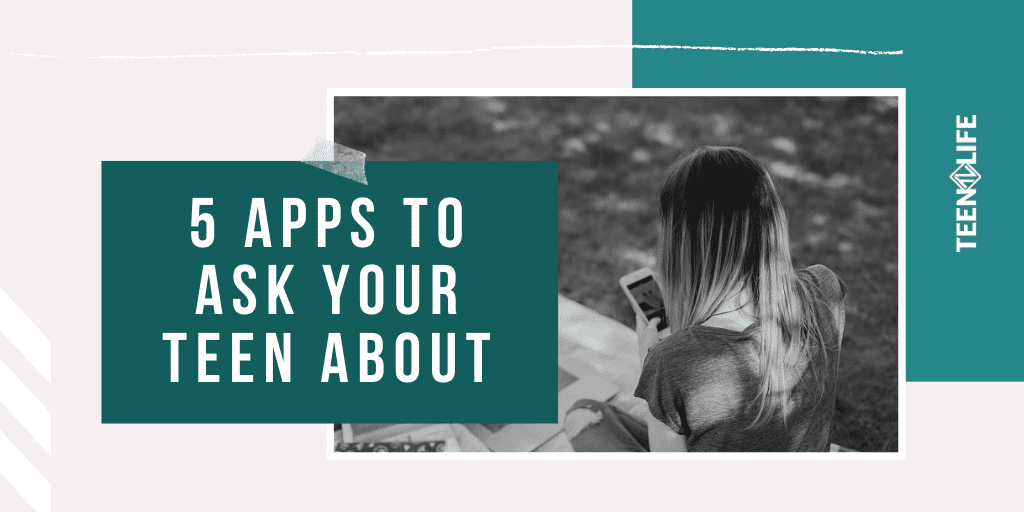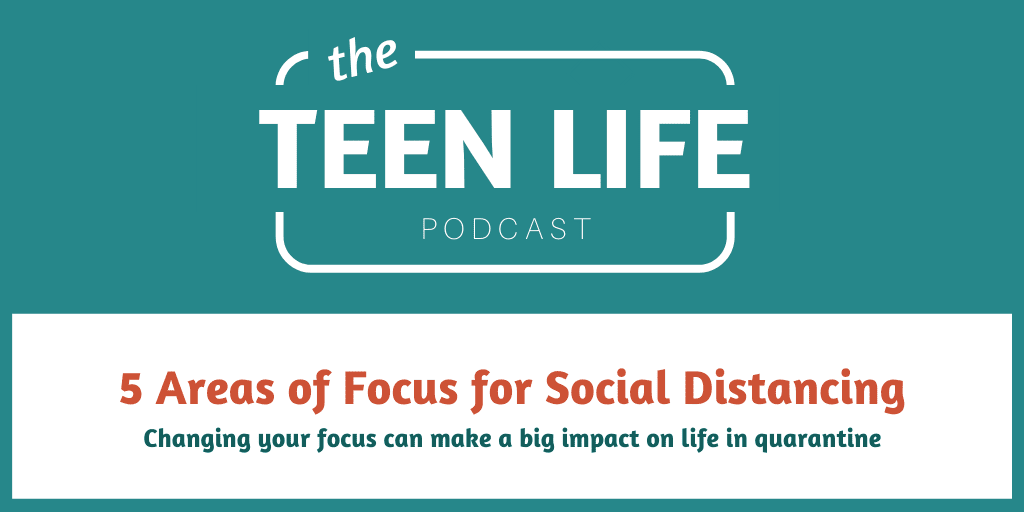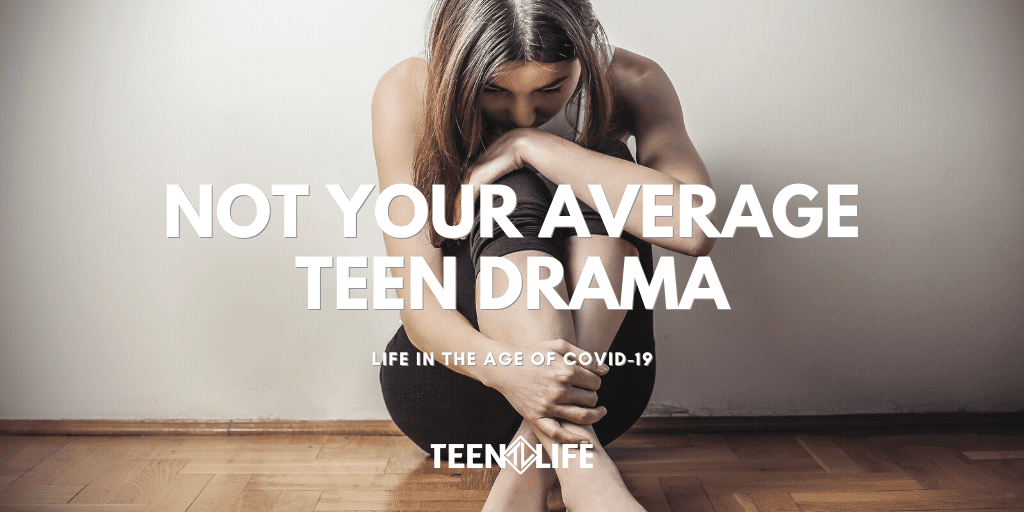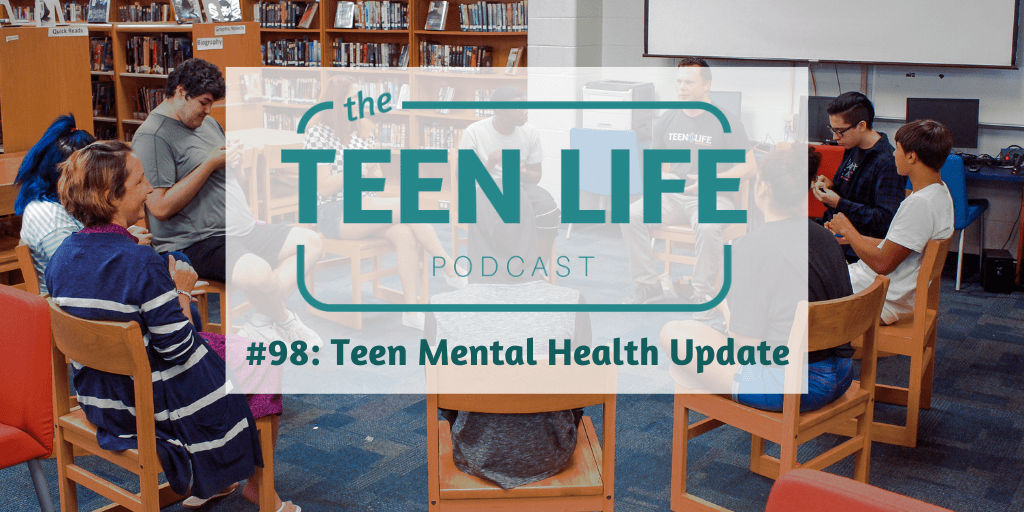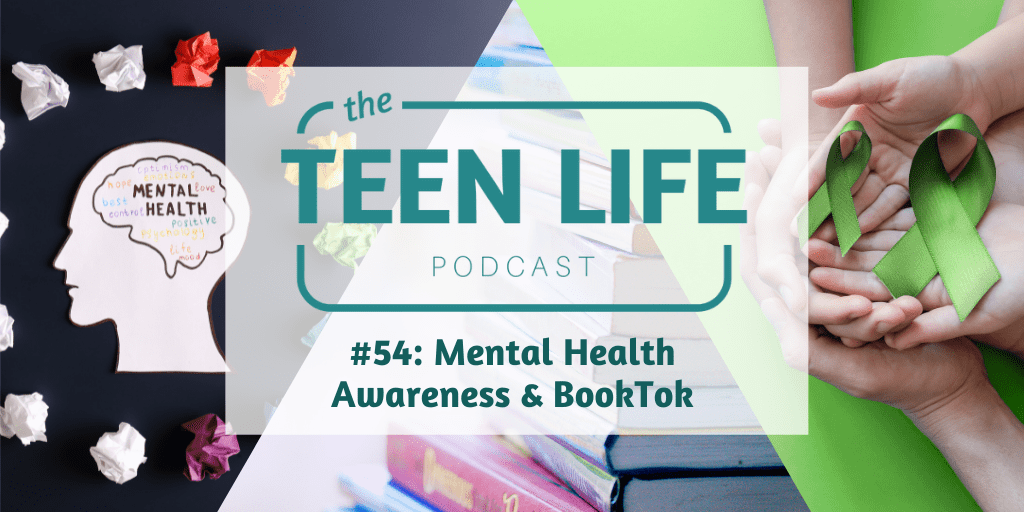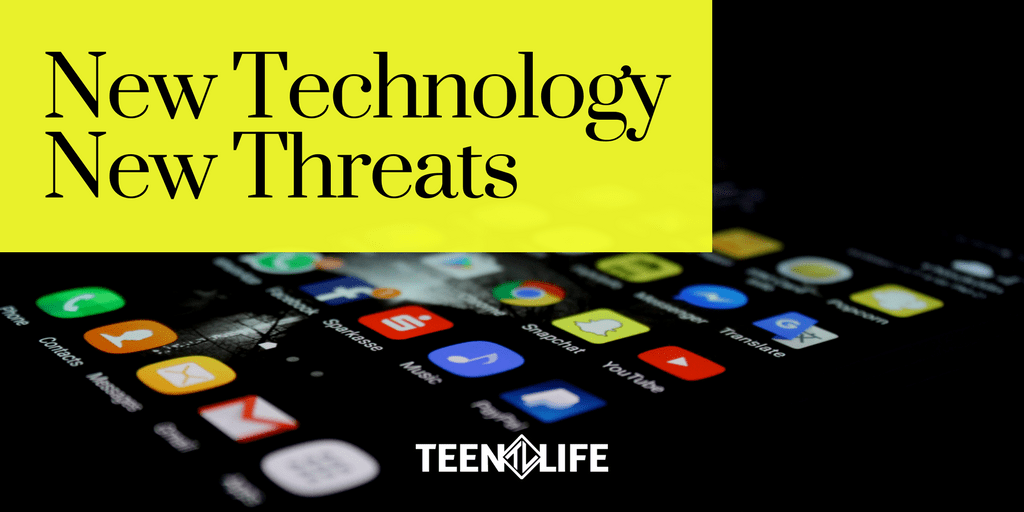Life has been crazy lately – especially for teenagers who are facing a school year full of unknown. But with disrupted summer plans, teens are spending more time online than ever before. They have had to go online for school, to talk to friends, to keep busy, and to stay connected to the world outside their homes.
If you’re like my family, screen-time limits have flown out the window, and we are all in survival mode to keep kids happy, entertained, and connected. It is understandable that expectations around devices are different right now, but one thing should remain the same – you should be talking to your kids about what they are viewing, watching, and downloading.
As adults, we need to help teenagers think critically about what they are consuming online. Here are a few areas where you can ask questions and engage your teen in conversation!
1. TikTok
This newer app is extremely popular with teens. If you haven’t heard of it, I would encourage you to do some research, but it is an app where users can create content (most are lip-synching videos) and watch other user-generated videos. It is fun and addictive, but many videos include adult language and content.
Ask teens if they have downloaded the app. Have they created videos? Who do they follow? Have any strangers tried to message them? What are their privacy settings?
2. Streaming Apps
There are a lot of streaming apps that have incredible content. Between Netflix, Hulu, Disney+, HBO, Amazon Prime Video, Starz, and more, teenagers have endless choices of movies and tv shows to watch. While this opens up great options for family-friendly movies and educational shows, it also includes content that might be inappropriate for teens. There is not consistency among age-based content ratings, so do some research on what your teens are watching.
Ask some of these questions: What have you been watching lately? What do your friends like to watch? How do you know if a show or movie is appropriate to watch?
**You can also easily check the “recently watched” or “continue watching” lists to see what your teen is viewing.
3. Instagram
Instagram is not new, but it continues to be one of the most popular social media platforms for teens. It never hurts to check in on apps you know your teen has and loves, so start a conversation about Instagram! Encourage teens to follow accounts that will encourage and help them grow. It is easy to use Instagram as an unhealthy comparison game, but teens can choose who they follow and what content they digest.
Start by asking this: What Instagram accounts encourage you when you see their posts? Who do you follow that looks different than you? Is there anyone that you need to unfollow? How can you use your own Instagram to encourage others?
4. FaceTime/Zoom
Social-distancing guidelines are constantly changing, which might encourage teens to use video chat apps to connect with friends and family. This is a great way to stay in touch, play games virtually, or interact with friends “face-to-face”. However, since these apps are readily available on phones and computers, it can be tempting to use them inappropriately, especially if there is little adult supervision.
Check in by asking the following: Who do you talk to most often on FaceTime/Zoom? Has anyone asked you to do anything inappropriate while on video chat? What boundaries would help protect you while using video chat?
5. Gaming Apps
More time can also mean that teens will turn to gaming apps/consoles to keep their hands (and minds) busy. These can have cognitive and social benefits, but we should also encourage teens to find non-technology-related ways to occupy their time. Whether it is Candy Crush, Call of Duty, or Yahtzee, teens need to make sure their time is balanced.
What games do you like to play on your phone/gaming system? Have you checked your screen time lately? What could you do to lessen your screen time average by an hour this week? How else could you fill your time if you took a tech break for an hour every day?
Technology is incredibly helpful to learn, connect, grow, and entertain. The apps listed above are far from bad, but it is still important to be intentional about how we use our time. As we enter the last half of the summer, I hope you will look at your own tech usage and start conversations with your kids about how they can use technology to make a positive impact on their day!
